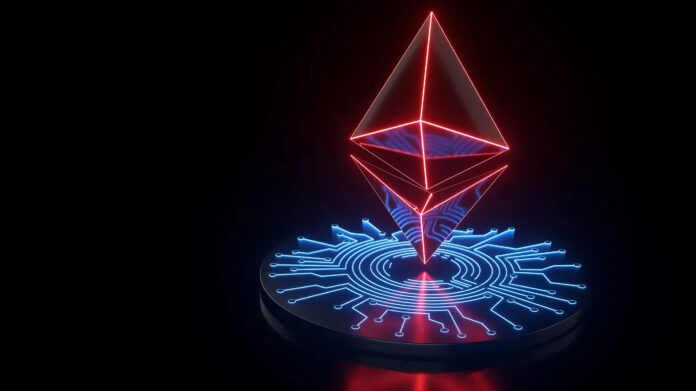
Ethereum developers have successfully activated the Dencun upgrade on the Goerli testnet, bringing this new upgrade one step closer to mainnet arrival.
The Ethereum community is excited about the activation of the Dencun upgrade on the testnet, which is expected to reach the mainnet by the end of Q2024 XNUMX. This upgrade introduces several significant improvements that are expected to positively impact the efficiency and cost of transactions on the Ethereum network.
The upgrade, also known as “Cancun-Deneb,” aims to implement a number of tools aimed at reducing fees, enabling new bridge and staking pool features, and limiting the use of self-destruct operations in smart contracts.
Improvements that will be activated with the arrival of Dencun
The core feature of the Dencun upgrade is the introduction of EIP-4844, which incorporates a novel transaction mechanism known as “proto-danksharding.” Proto-danksharding is a protocol upgrade that aims to create a new landscape for Ethereum. One where more block space is available for L2 scaling solutions (multiple EVMs, OVMs, zkEVMs running in parallel) to process more off-chain transactions cost-effectively. This results in offering temporary scaling relief for rollups, making Layer 2 transactions as cheap as possible for users.
Furthermore, proto-danksharding will reduce rollup costs and primarily benefit rollup users and operators. While it will not reduce fees for Ethereum end users, it will lay the groundwork for significant scaling through modularity and offloading transaction execution activity to other protocols. The benefits of this upgrade will primarily be recognized by rollup sequencers who pay for block space on Ethereum.
Other proposals included
Of course, the Dencun update will not only bring us proto-danksharding, but it includes several additional proposals, among which the following stand out:
- EIP-1153: Introduces a “transient storage” system to reduce fees associated with storing data during smart contract execution. This upgrade also goes hand-in-hand with the EIP-7514 upgrade.
- EIP-4788: Increases transparency by storing the root of each Beacon Chain block in a smart contract that can be queried by applications, which is expected to be used in new features for bridges and staking pools.
- EIP-4337: Known as Account Abstraction is a very significant improvement proposal, encompassing ERC-4337 and its extension proposal, ERC-6900. Focused on the concept of smart accounts, this initiative has a profound impact on the end-user experience, as it aims to reduce transaction costs and ensure the security of social logins.
- EIP-5656: It will lay the foundation for future technical advancements in the Ethereum network.
Of these improvements, EIP-4788 is another one of the improvements widely anticipated by the community. It has the potential to significantly impact transparency and the introduction of new features on the Ethereum network. Some of the expected impacts are:
- Improving efficiency and automation: By exposing the previous block root in each block execution and storing a history of these roots in a new smart contract at the Ethereum execution layer, EIP-4788 has the potential to make liquid staking protocols and other staking innovations more efficient and automated. This could reduce the need for certain oracle services that currently present third-party risks.
- Reducing trust assumptions: By reducing the trust assumptions inherent in mainnet applications that require information about the Ethereum consensus state to function properly, EIP-4788 could improve the security and reliability of operations. This could increase system integrity and enable more innovative staking strategies.
Thanks to this, Dencun has the potential to not only improve the efficiency and security of operations on the Ethereum network, but also enable new features and strategies that could benefit Ethereum users and developers.
Arriving on Ethereum mainnet
The Dencun upgrade rollout has begun on the testnet, with the Goerli release as the precursor. The upgrade is expected to go live on the Ethereum mainnet towards the end of Q2024 XNUMX, having completed its rollout on the Sepolia and Holesky testnets on dates scheduled for late January and early February, respectively.
In short, the Ethereum community is eagerly awaiting the arrival of the Dencun upgrade, which promises to improve efficiency and reduce transaction costs on the network, thereby bringing significant benefits to Ethereum users and developers.
Continue reading: Can the SEC implement KYC on Ethereum staking?



